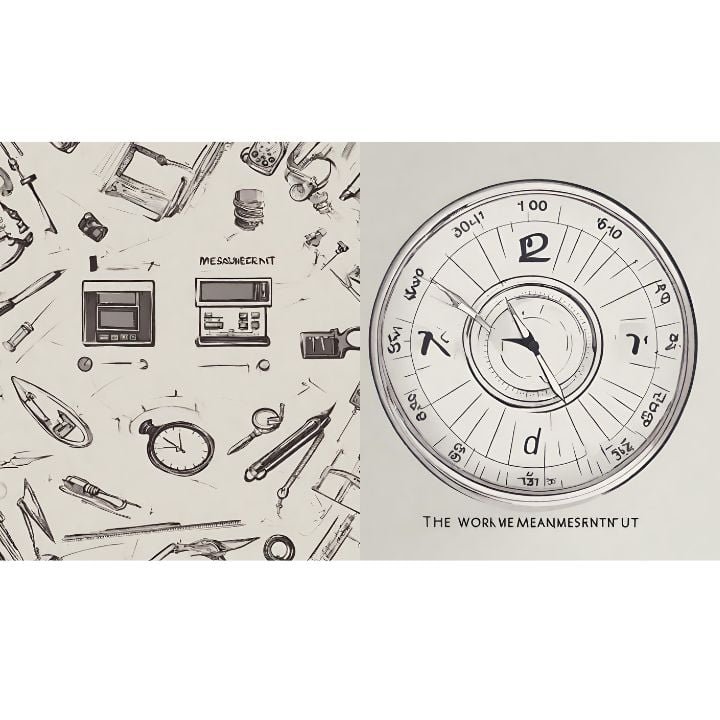How Industrial Engineers Can Drive Climate Action Through Process Design
Industrial engineers, often unsung heroes of efficiency, are uniquely positioned to tackle one of the world’s most pressing challenges: climate change. By applying their expertise in analyzing, designing, and optimizing complex systems, they can significantly reduce environmental impact across various sectors. At the core of their contribution lies **process optimization**, a powerful approach that streamlines operations, minimizes waste, and conserves resources, directly contributing to a greener future.
Table of Contents
- The Pivotal Role of Industrial Engineers in Climate Action
- Process Optimization for Sustainability: Key Strategies
- Energy Efficiency Improvements
- Waste Reduction and Circular Economy
- Greening the Supply Chain
- Integrating Life Cycle Assessment (LCA)
- Challenges and Solutions in Green Initiatives
- Conclusion
The Pivotal Role of Industrial Engineers in Climate Action
Industrial engineers are system thinkers. They look at an entire process, from raw material procurement to product delivery and end-of-life, identifying bottlenecks, inefficiencies, and areas for improvement. This holistic perspective is invaluable when addressing climate action, as environmental impacts are often embedded deeply within intertwined processes. Through meticulous data analysis and the application of engineering principles, they can design systems that are inherently more sustainable.
Process Optimization for Sustainability: Key Strategies
Harnessing the power of **process optimization** means systematically evaluating existing methods and implementing changes that yield environmental benefits without sacrificing — and often enhancing — economic viability. Here are some key strategies:
Energy Efficiency Improvements
One of the most direct ways industrial engineers contribute to climate action is by reducing energy consumption. This involves analyzing energy flows within factories, buildings, and transportation networks to identify opportunities for improvement. Tactics include:
- Implementing lean manufacturing principles to reduce idle time and machine cycles.
- Optimizing equipment scheduling and maintenance to ensure peak performance.
- Integrating smart sensors and AI-driven systems for real-time energy monitoring and control.
- Recommending adoption of energy-efficient technologies, from HVAC systems to industrial machinery.
Waste Reduction and Circular Economy
Waste generation is a significant contributor to greenhouse gas emissions and resource depletion. Industrial engineers excel at mapping waste streams and designing systems that minimize, reuse, or recycle materials. This aligns perfectly with circular economy principles.
| Waste Category | IE Optimization Approach | Climate Impact Reduction |
|---|---|---|
| Material Waste | Lean manufacturing, improved design for manufacturability, scrap reduction programs | Reduced resource extraction, less landfill methane, lower energy in production |
| Energy Waste | Optimized machine runtimes, improved insulation, energy recovery systems | Direct reduction in fossil fuel consumption and emissions |
| Water Waste | Closed-loop systems, efficient cleaning processes, smart irrigation in agriculture | Reduced energy for water treatment and transport, preservation of freshwater sources |
| Emission Waste | Process redesign to avoid harmful byproducts, capture technologies | Direct reduction of GHG and pollutant release |
Greening the Supply Chain
The environmental footprint of a product extends far beyond the manufacturing plant. Industrial engineers can optimize supply chains by:
- Choosing local suppliers to reduce transportation emissions.
- Optimizing logistics and transportation routes for fuel efficiency.
- Designing packaging that uses less material or is recyclable.
- Implementing reverse logistics for product take-back and recycling.
For more insights into broader environmental initiatives, explore the work of organizations like the Environmental Protection Agency (EPA).
Integrating Life Cycle Assessment (LCA)
LCA is a powerful tool used by industrial engineers to assess the environmental impacts associated with all stages of a product’s life, from raw material extraction through processing, manufacturing, distribution, use, repair, and disposal or recycling. By integrating LCA into their process design, engineers can make informed decisions that minimize overall environmental burden. This holistic view ensures that improvements in one stage don’t inadvertently create new problems elsewhere.
Challenges and Solutions in Green Initiatives
Implementing sustainable changes isn’t without its hurdles. Resistance to change, initial investment costs, and lack of awareness are common. Industrial engineers address these by:
- Developing compelling business cases that highlight long-term cost savings and competitive advantages.
- Utilizing change management techniques to ensure smooth adoption of new processes.
- Employing simulation and modeling to demonstrate the tangible benefits of proposed changes.
- Collaborating across departments to foster a culture of sustainability.
Understanding fundamental principles like those discussed in Understanding Lean Manufacturing Principles can greatly aid in overcoming these challenges and driving successful green initiatives.
Conclusion
Industrial engineers are at the forefront of the battle against climate change, leveraging their expertise in **process optimization** to design more sustainable, efficient, and environmentally responsible systems. From reducing energy consumption and waste to greening complex supply chains and integrating life cycle thinking, their contributions are vital. As the global imperative for climate action intensifies, the role of industrial engineers in shaping a sustainable future will only become more critical, proving that efficiency and environmental stewardship can indeed go hand-in-hand.


